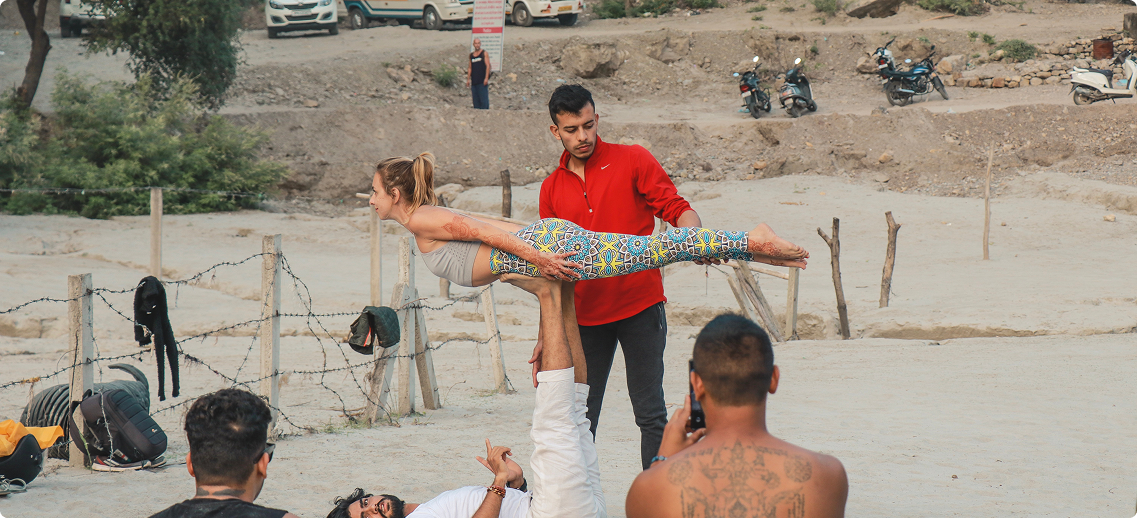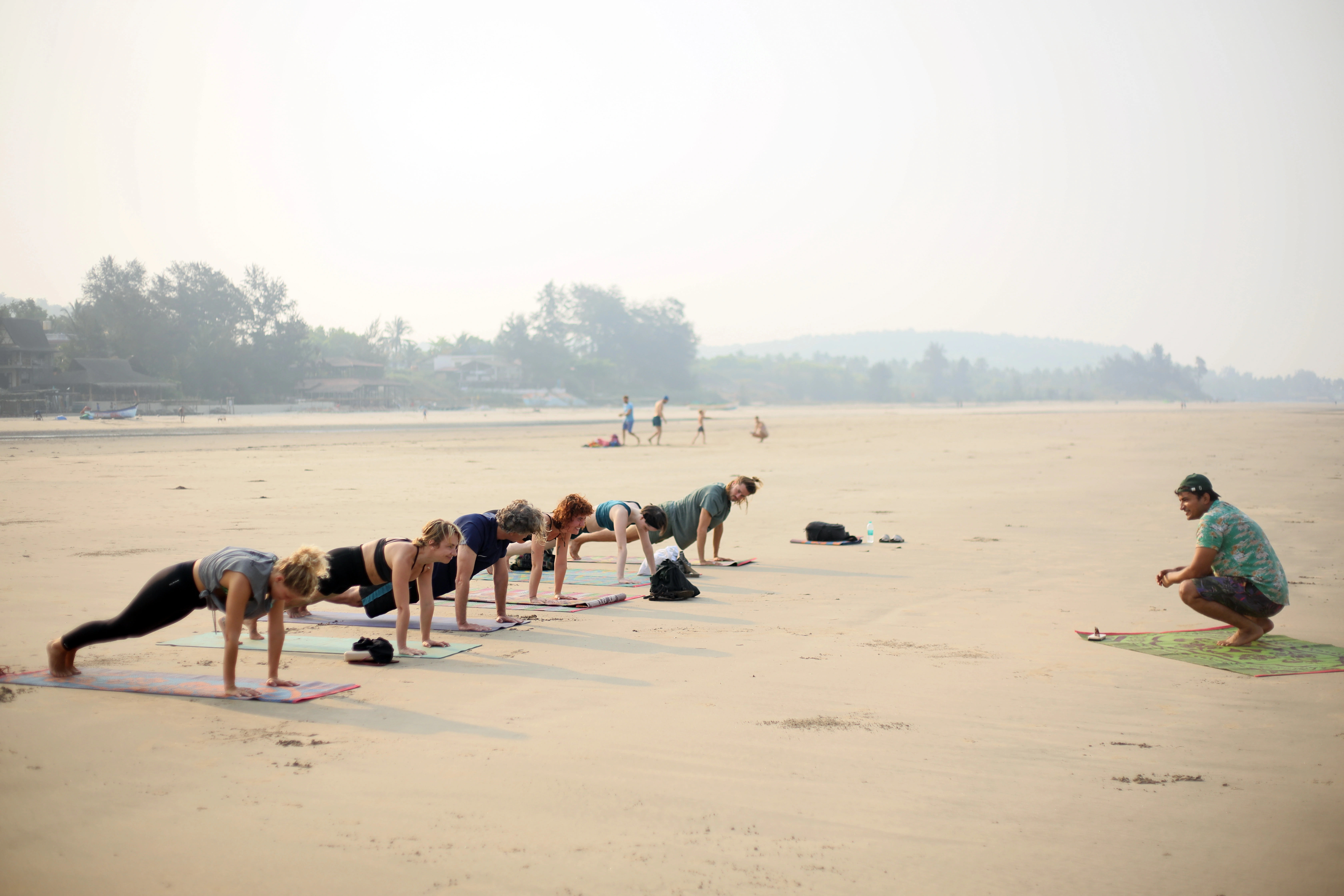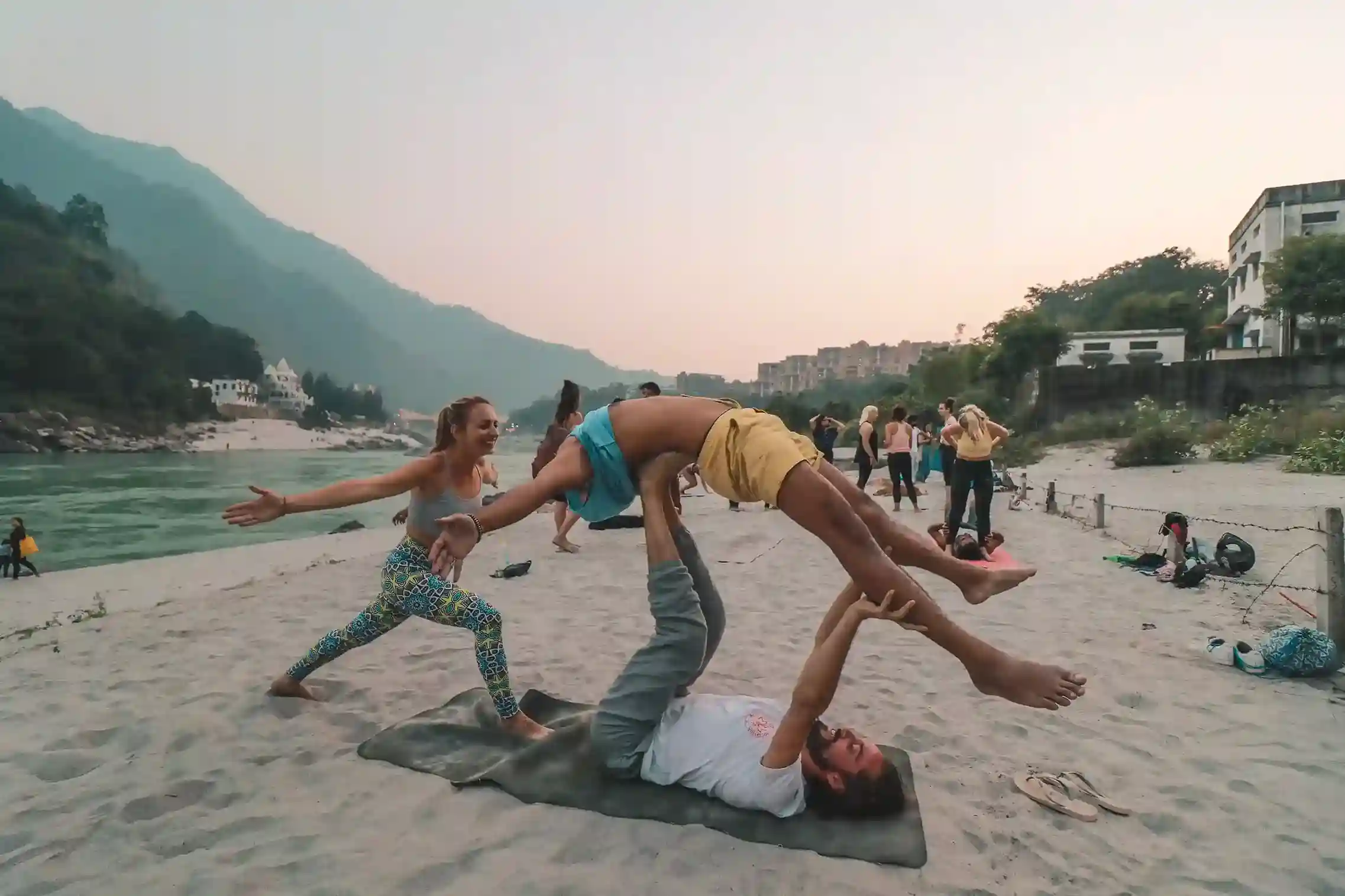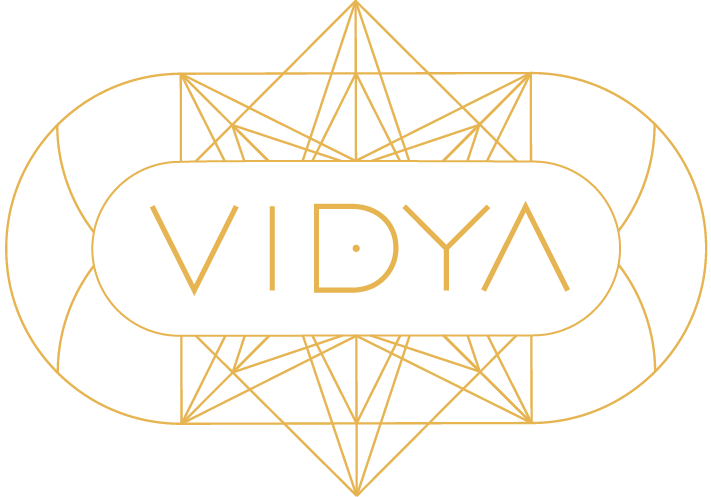Ancient Wisdom
Intro to yogic philosophy
What if yoga was never meant to be a workout?
Before it became a billion-dollar industry with leggings and playlists, before Instagram showed you how to fold your body into a shape most people can't pronounce, yoga was something else entirely.
Yoga was philosophy before it was movement.
It was intention before it was instruction.
It was a discipline that asked only one thing of you: to look inward and stay there, no matter what you found.

“This is your invitation to discover what yoga truly is and how it encompasses more than just the physical aspect.”
The beginning had no mats.
Yoga didn't begin in a studio. It didn't start on a mat.
It began in stillness. In the forests and ashrams of ancient India, where seekers sat quietly and asked better questions.
What am I?
What is suffering?
How does one live truthfully in a world full of illusion?
There were no classes. No packages. No retreats.
Just practice, often invisible, often inconvenient, always transformative.

The word "yoga" first appeared in the Rig Veda over 3,000 years ago. However, what we now call yoga took shape through a tapestry of teachings, including the Upanishads, the Bhagavad Gita, the Yoga Sutras, and later texts such as the Hatha Yoga Pradipika.
Each of these doesn't explain how to stretch your hamstrings.
They explain how to stretch your perception.
The eight limbs: not a ladder, but a life
In the 2nd century BCE, a sage named Patanjali compiled the Yoga Sutras, a series of 196 aphorisms that still form the philosophical backbone of classical yoga.

Inside them lies what's often referred to as the eight-limbed path, or Ashtanga yoga, not to be confused with the physically heavy style popular today. These limbs aren't steps you climb. They're more like mirrors you carry. Each one shows you something about how you live, what you're made of, and where your mind runs when it's left alone.
Yama
Ethical restraints
Non-violence, truth, non-stealing, moderation, non-attachment.
Niyama
Observances
Cleanliness, contentment, self-discipline, self-inquiry, surrender.
Asana
Physical posture
Originally, it was a stable posture for meditation, not a sweaty, choreographed series of poses.
Pranayama
Breath control
Not just for calming down but for mastering the force behind all life.
Pratyahara
Withdrawal of the senses
Learning how not to be seduced by every external impulse.
Dharana
Concentration
The kind where thought becomes like a still flame.
Dhyana
Meditation
Not an idea but a way of being continuous, clear, unforced.
Samadhi
Union
That rare, wordless moment when the self falls away and everything returns quiet some.
If you've ever thought yoga begins with asana, consider this: It's the third step.
If your eyes or back begins would be somewhere in chapter three, useful but far from the whole plot.
Which path are you walking?
The beauty of yogic philosophy is that it never demands sameness. It offers not one path but many and let's you choose.

Raja yoga
For the mind-focused meditator, patient, and those who live entirely.

Bhakti yoga
For those that feel devotion to sing, serve, or surrender.

Karma yoga
For the heart; those who experience life through action without expectation.

Jnana yoga
For the questioning; those who hear apart the truth to find the light.
Hatha yoga
The alchemy of body and breath; a path of energy purification.

In truth, most people are walking a little bit of all of them.
You might chant in the morning, practice postures in the afternoon, teach children by evening, and reflect at night.
Yoga is then a way to live deeply, providing a structure onto your breathing to your deepest again and again.

What western yoga forgot
Somewhere in the last century, yoga boarded a plane. It landed in gyms, got wrapped in soundtracks, filtered through aerobics, and sold back to us with a hint of mindfulness and a whole lot of branding.
What it lost in translation wasn't just the language, it was the depth.
Western yoga turned practice into performance. It replaced inquiry with instruction. It mistook presence for posing.
Here's what didn't make it onto the schedule
That the goal isn't a headstand. It's self-awareness.
That yoga happens in how you breathe through discomfort, not how well you avoid it.
That flexibility has nothing to do with your hamstrings.
That silence is a practice, not a byproduct of anything.
This is not a criticism but a reminder. You can still practice at the studio. But don't let that be the whole thing.
Yoga was never designed to fix your body; it was designed to set your mind free and elevate your spirit.
Why this still matters
In an age of information fatigue and curated wellness, yogic philosophy is less a system and more a compass. It gives you language for the unspeakable, disciplines for the restless, and perspective when things fall apart.
It doesn't ask you to believe.
It asks you to observe.
To sit. To watch. To breathe. To stay.
What happens next is between you and yourself.

Where to go from here
If something stirred, lean in. There's no need to enroll in a lineage or learn Sanskrit overnight. Start where you are.
1
Ask your teacher about the texts that shaped their approach.
2
Read a single sutra and let it marinate for a week.
3
Sit down for five minutes a day and watch what your mind does when no one's watching.
4
Study not only the shapes but the silence in between asanas.
If yoga has called you this far, trust that it has something else to say.
You're not here to learn yoga. You are here to remember it.
Keep reading blogs to deepen your journey.
Yoga isn't just one idea it's a conversation that unfolds over time. Here are a few topics we're writing (or already sharing) to keep that conversation alive:
What the eight limbs look like in real life
A personal look at how ancient philosophy influences modern choices, from your inbox to your mat.
Is Asana the beginning or the distraction?
Tracing the shift from seat to spectacle and how we can return to practice without performing.
Western yoga, Indian roots: what's respectful, what's not
A guide to cultural appreciation vs. appropriation in today's global yoga culture.
Bhakti yoga and the misunderstood beauty of surrender
Devotion in a world that tells us to compete.
Karma Yoga off the mat: how service transforms practice
Why selfless action might be the most radical yoga of all.
Sanskrit isn't just ancient; it's alive.
Language as vibration and how chanting can change your inner climate.
When the path gets quiet: why yogic philosophy won't make you louder, but clearer
A reflection on the inner world
Contact us
If you've read this far, you're probably not here for surface-level yoga. Neither are we.
Whether you're wondering how to find a school rooted in real philosophy, have a question about a retreat you don't fully understand or want to say something this page attracted to you we'd love to hear from you.
You can also fill out the form below
Share your thoughts and we'll connect with you soon
